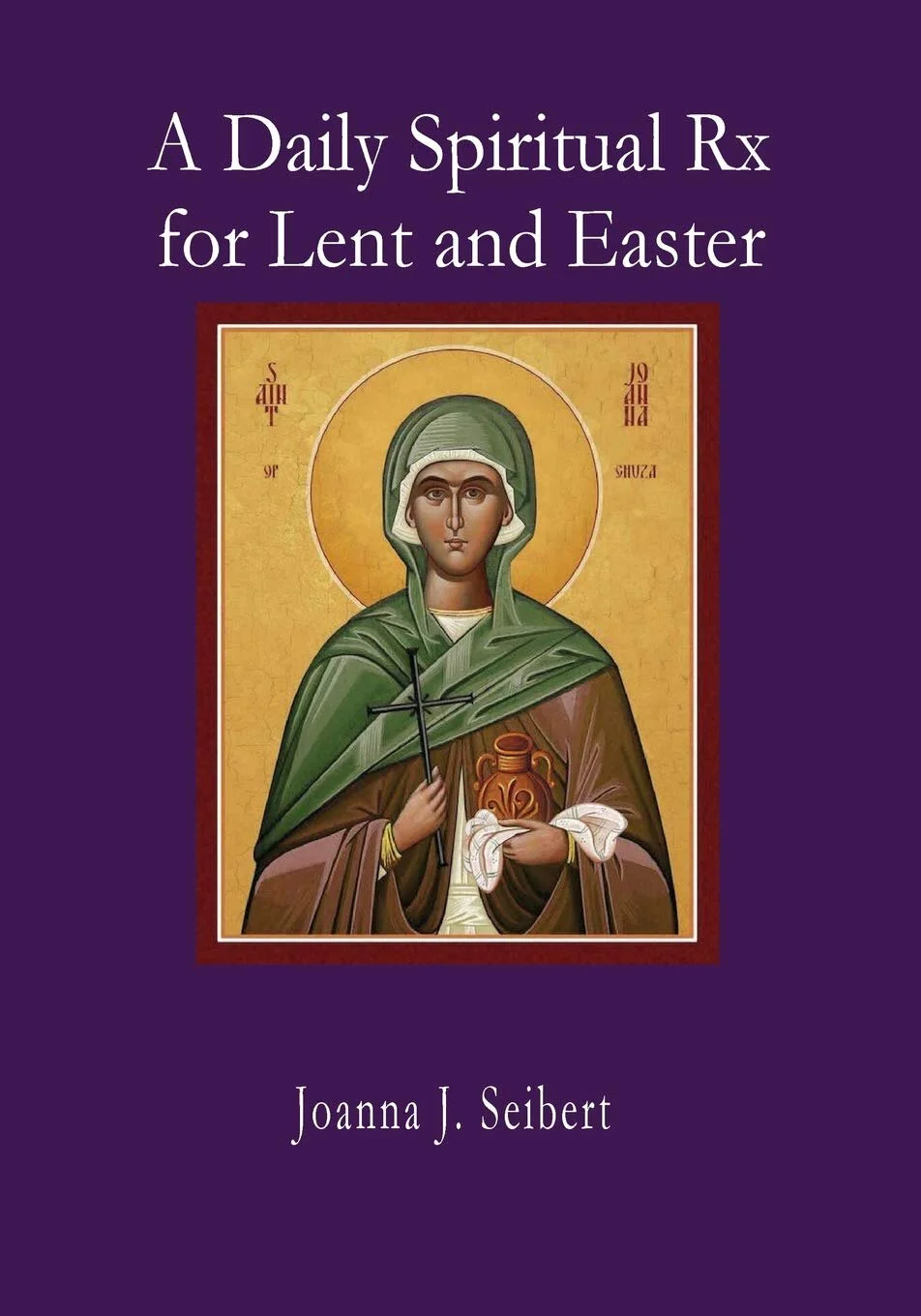Kelsey: Two Spiritual Journeys
“There are two quite different ways of leading people on the spiritual pilgrimage, which have often been seen as opposed to each other.”
— Morton Kelsey in Companions on the Inner Way, The Art of Spiritual Guidance (Crossroad 1983), pp. 7,8.
Fork in the Road, Camp McDowell. Two ways to go.
Kelsey is describing first the sacramental method of spiritual direction where we use spiritual practices involving concrete matter, music, pictures, beads, rituals, symbols to connect to God. Kelsey calls this method the kataphatic way from the Greek meaning “with images.” The downsize is that these can lead to idolatry, worshiping the means we use to reach God instead of worshiping God. For Episcopalians, it has always been the Book of Common Prayer, as illustrated by the difficulty when our tradition tries to revise the book. Droves of people leave the church. The same thing may happen in churches when the altar is moved, or we change the order of service or even the prayers.
Kelsey describes the second path based on the belief that we best connect to God by emptying ourselves of all images, remembering that there is no way to describe or represent the holy. In silence and emptiness, we connect to the God within. This is the apophatic way from the Greek meaning without images. It has been the way of Hinduism, Buddhism, and Christian contemplative forms such as Centering Prayer. Kelsey believes that the downside is that this inner work can occasionally lead to a lack of reaching out to others, even though the desired result should be connecting the Christ we find within ourselves to the Christ in others.
Kelsey encourages us to practice both methods. The two are a necessary part of a well-developed and informed spirituality.
Joanna joannaseibert.com

